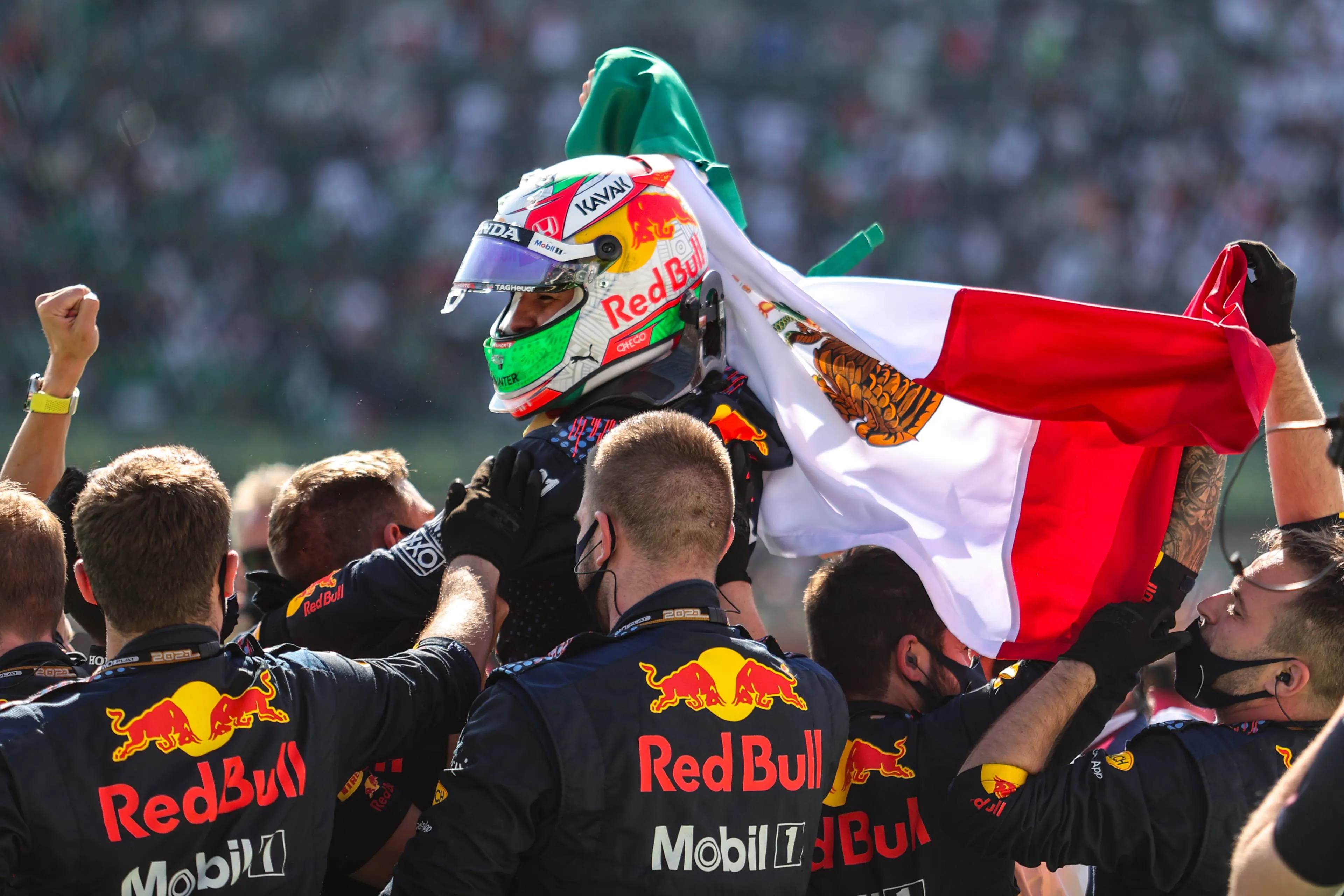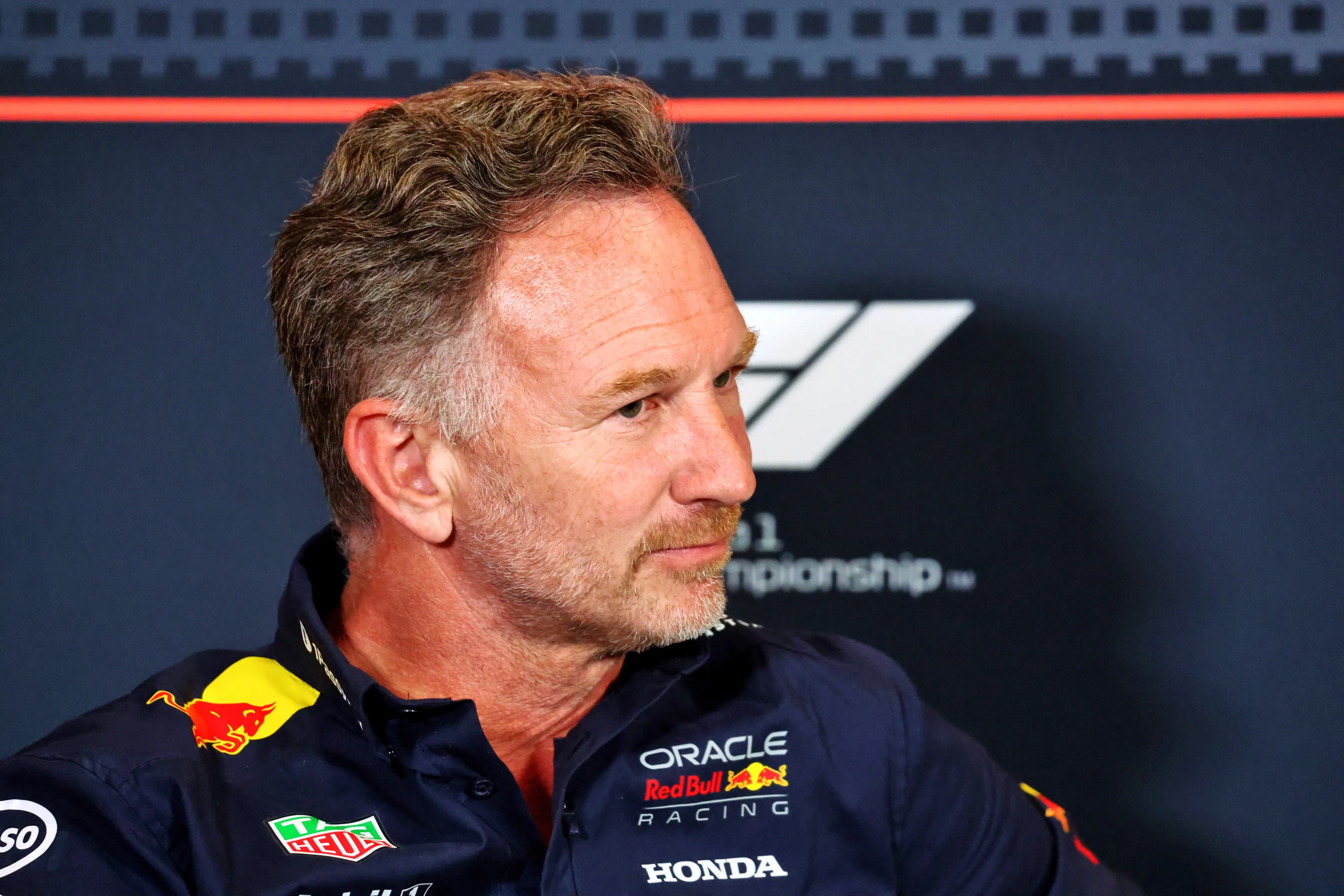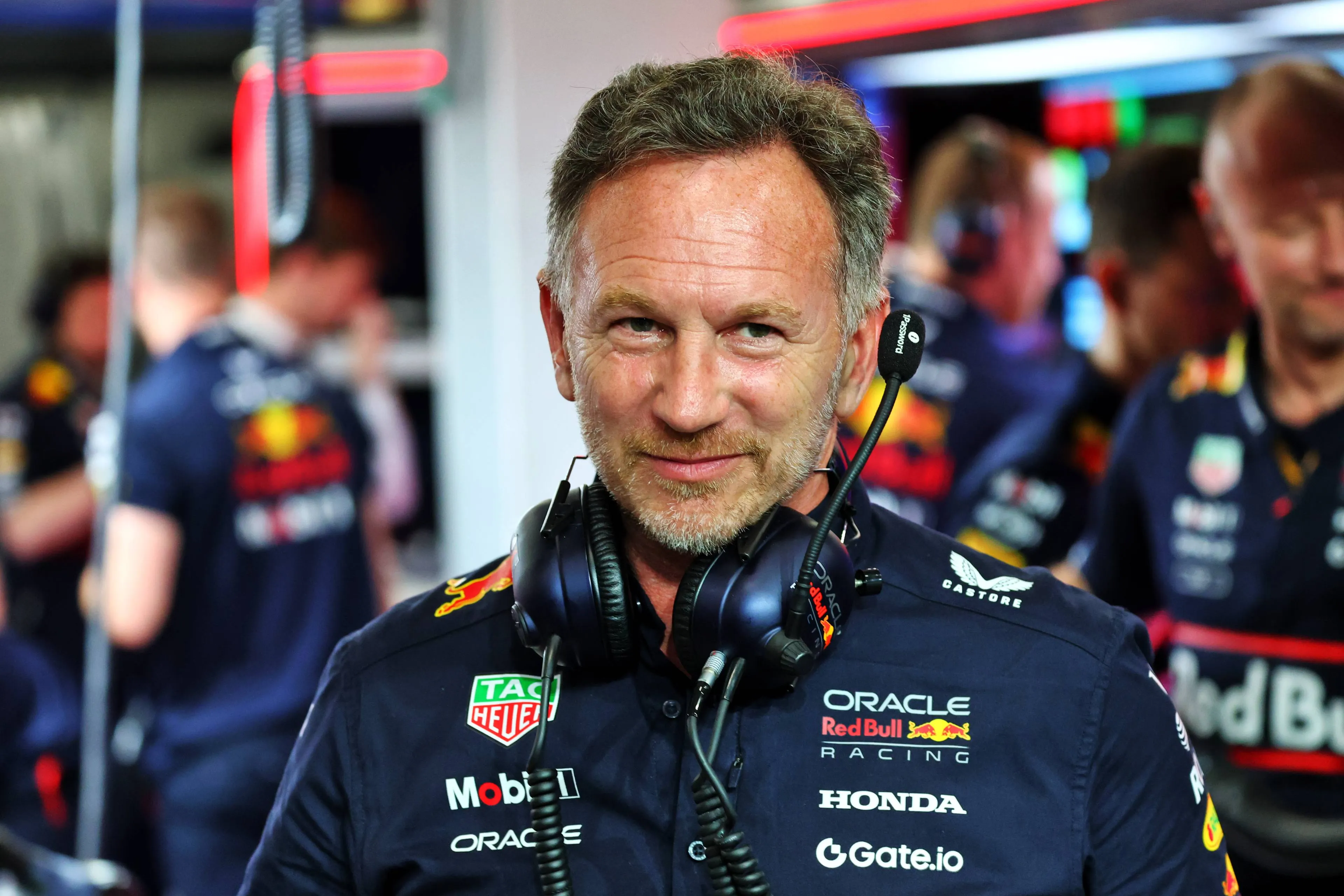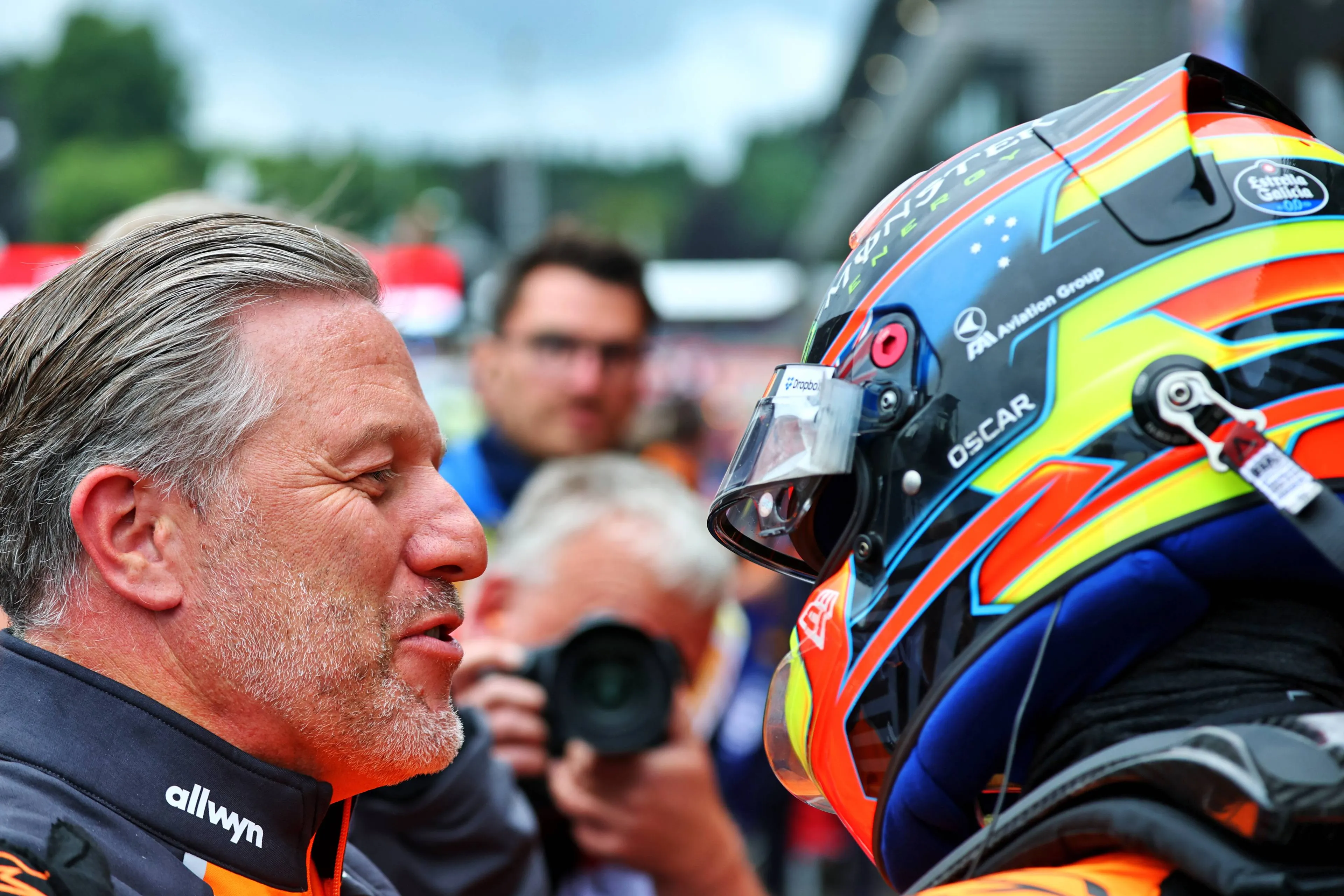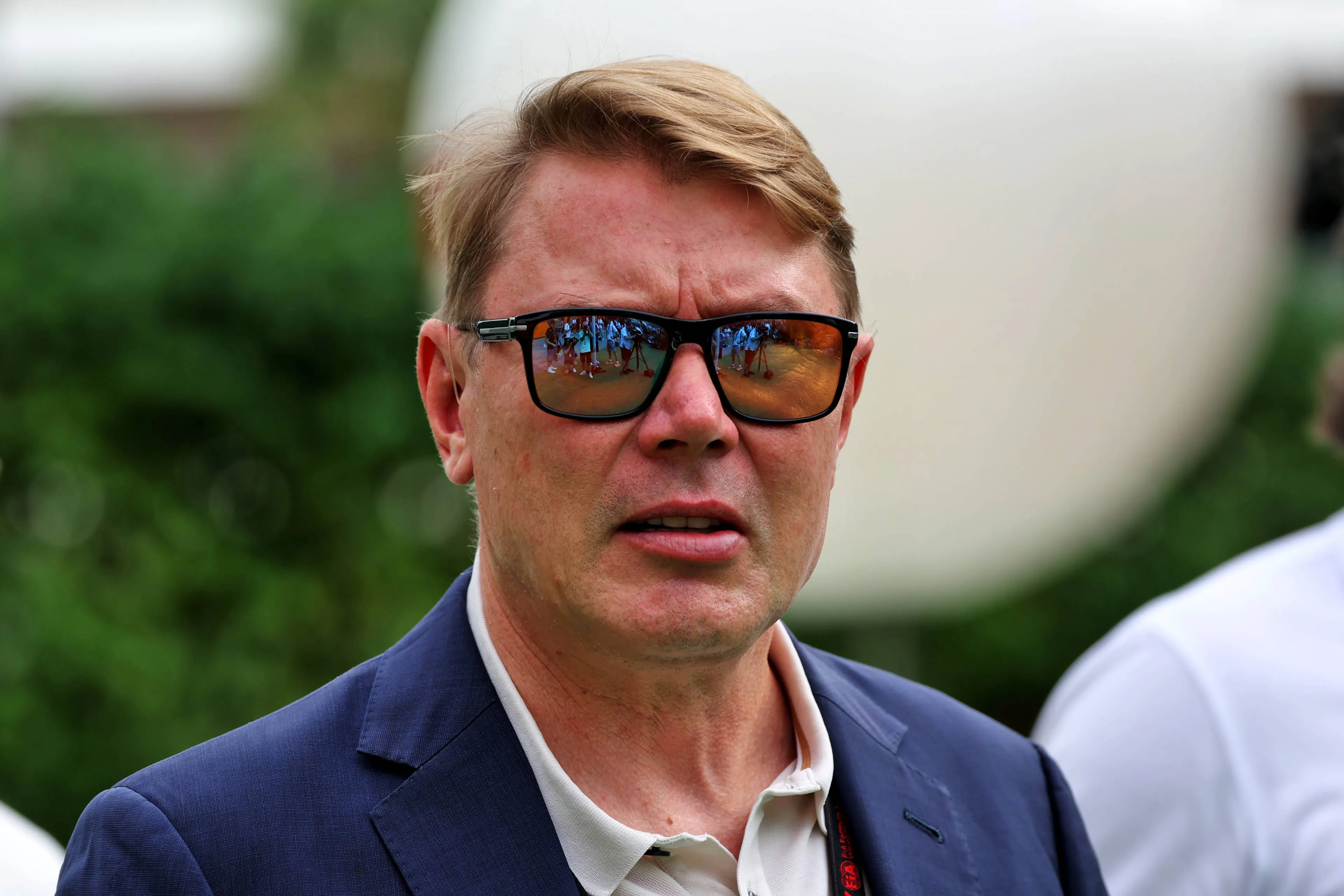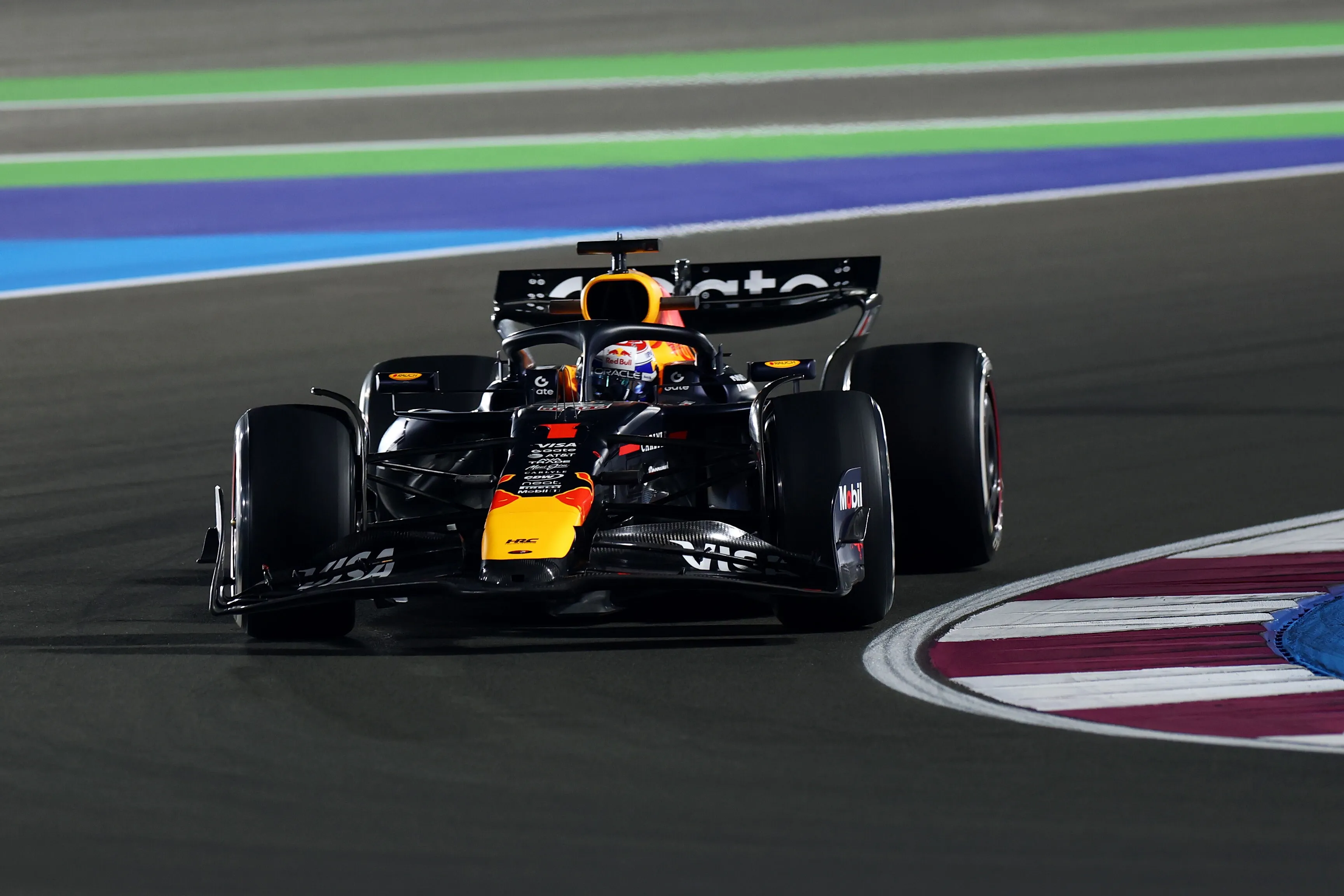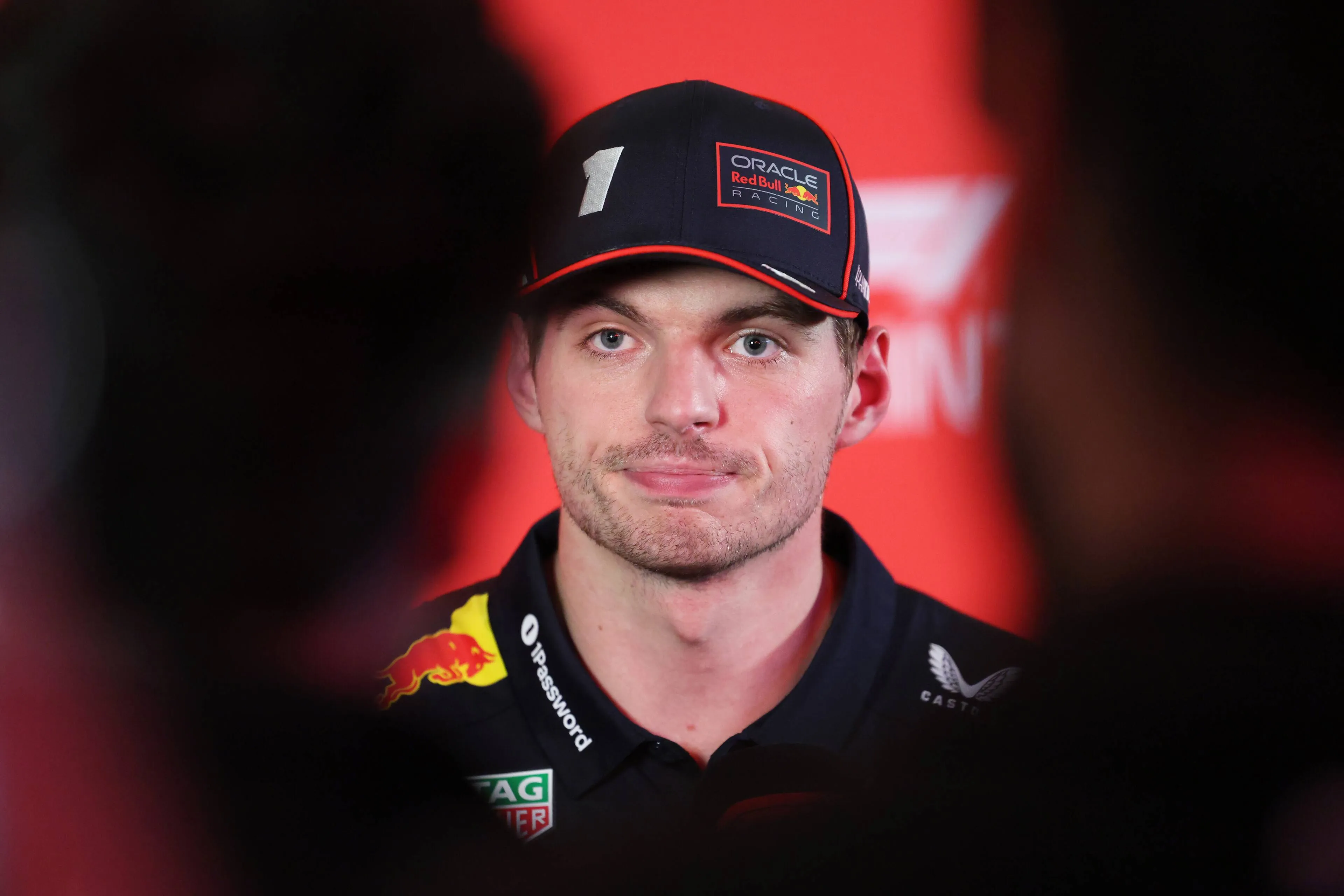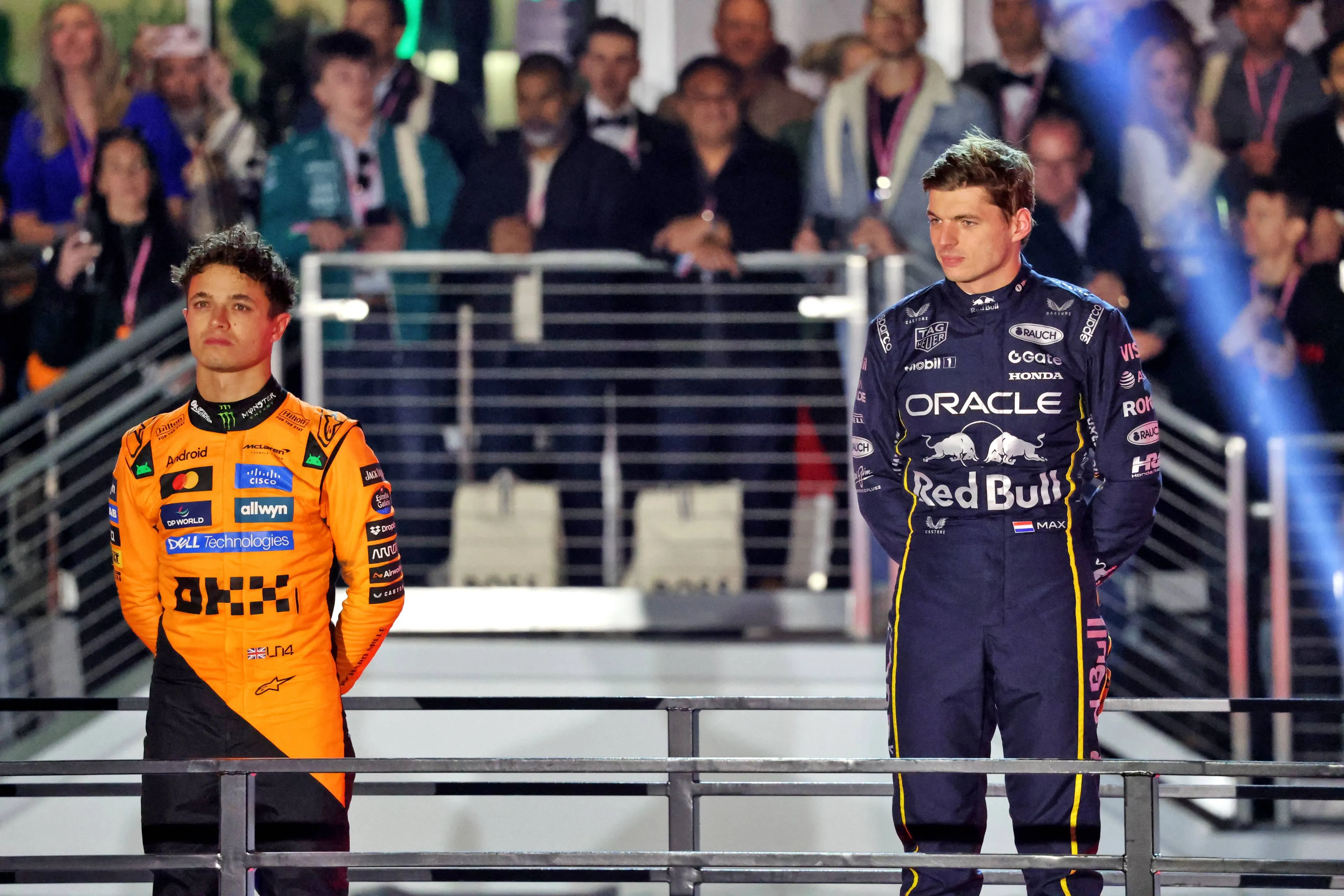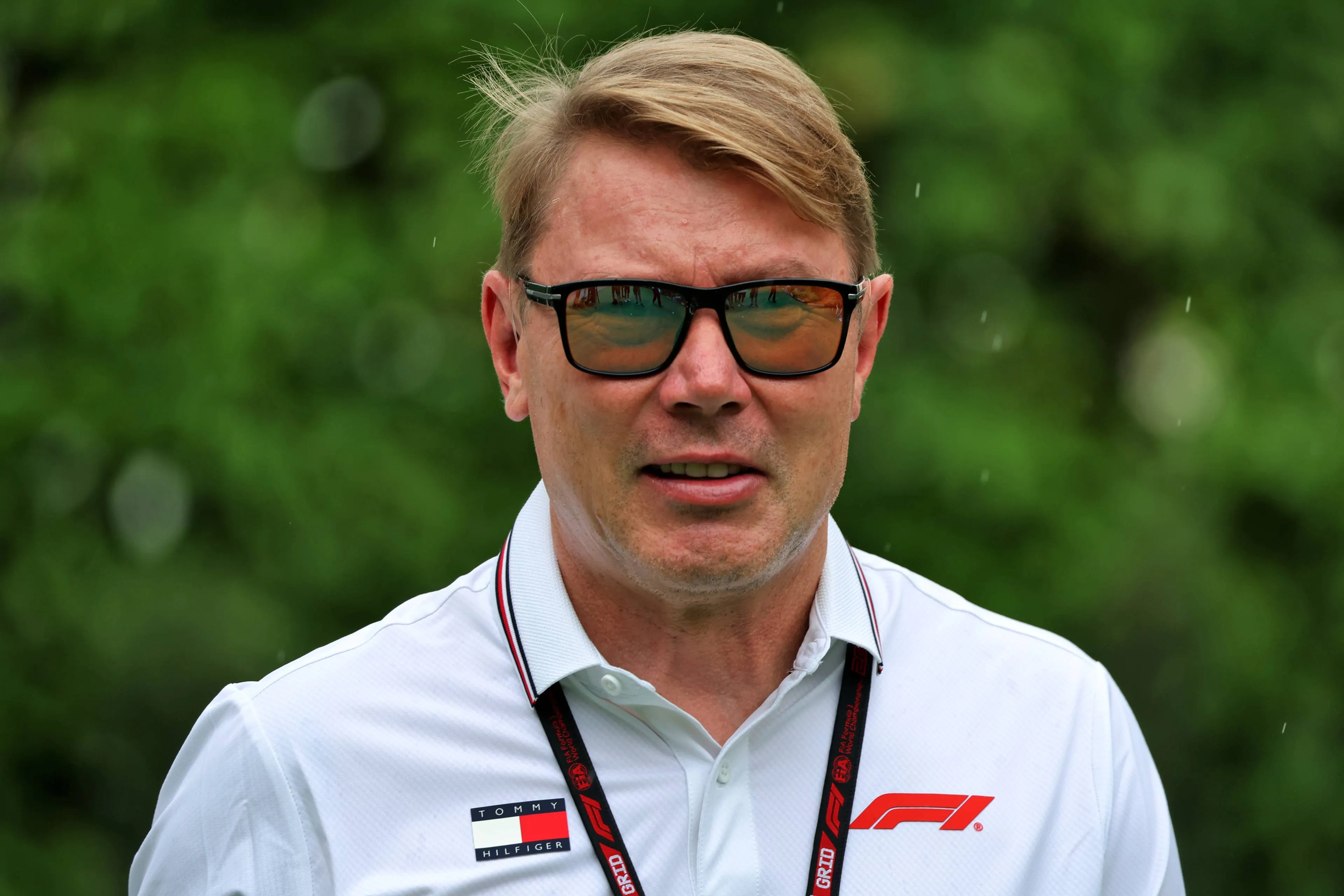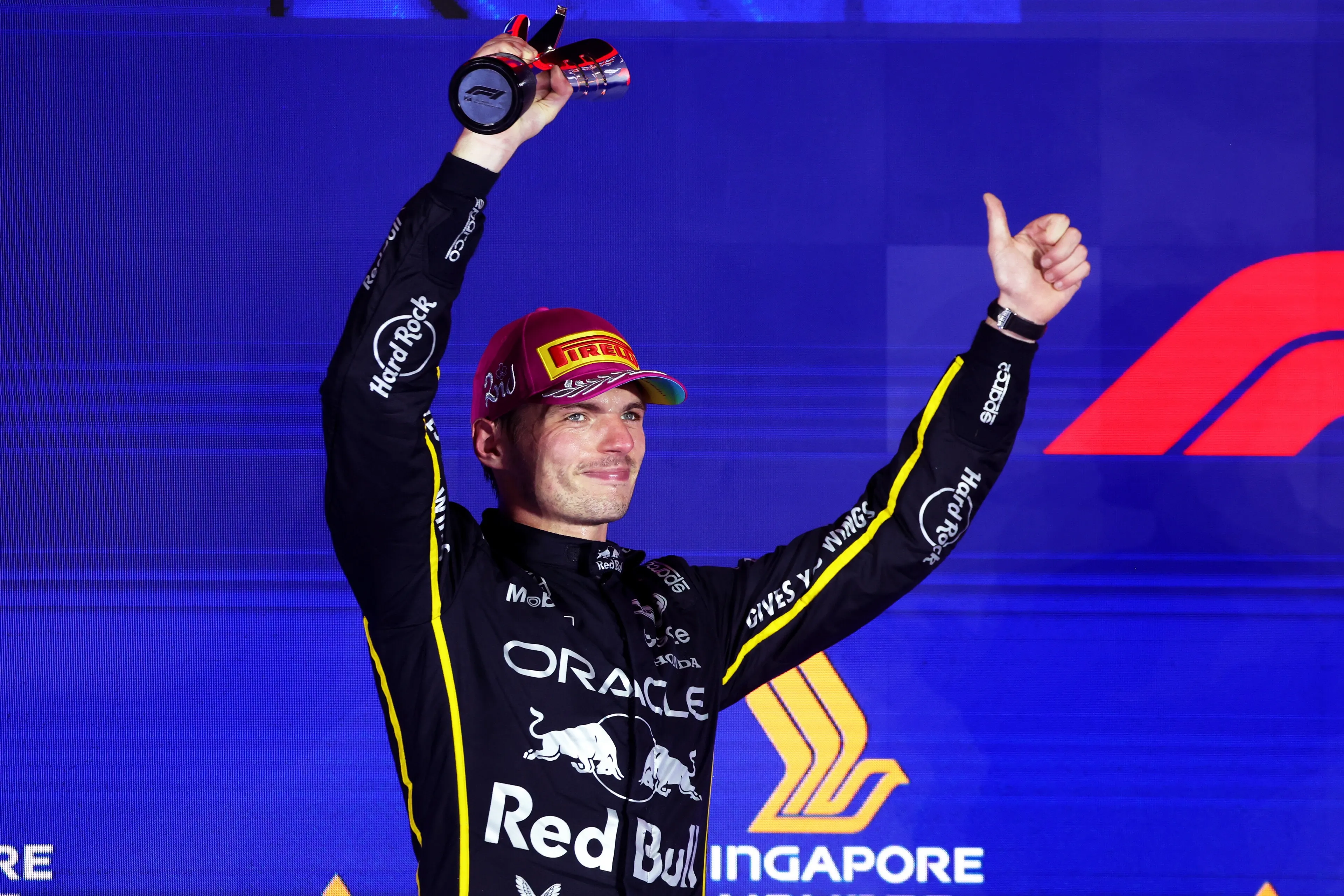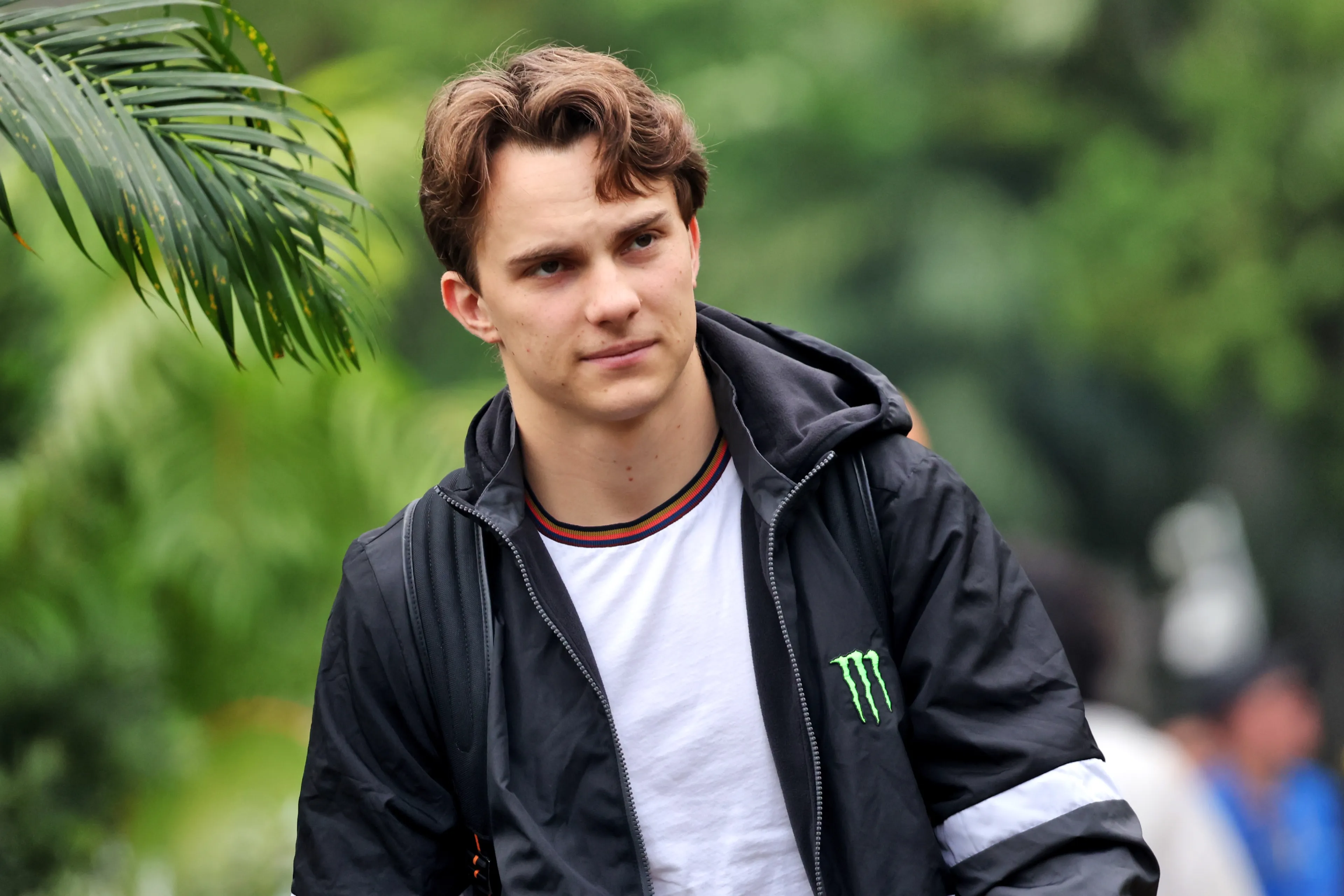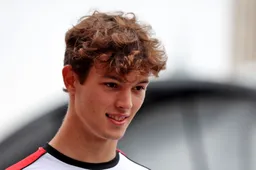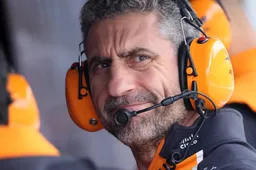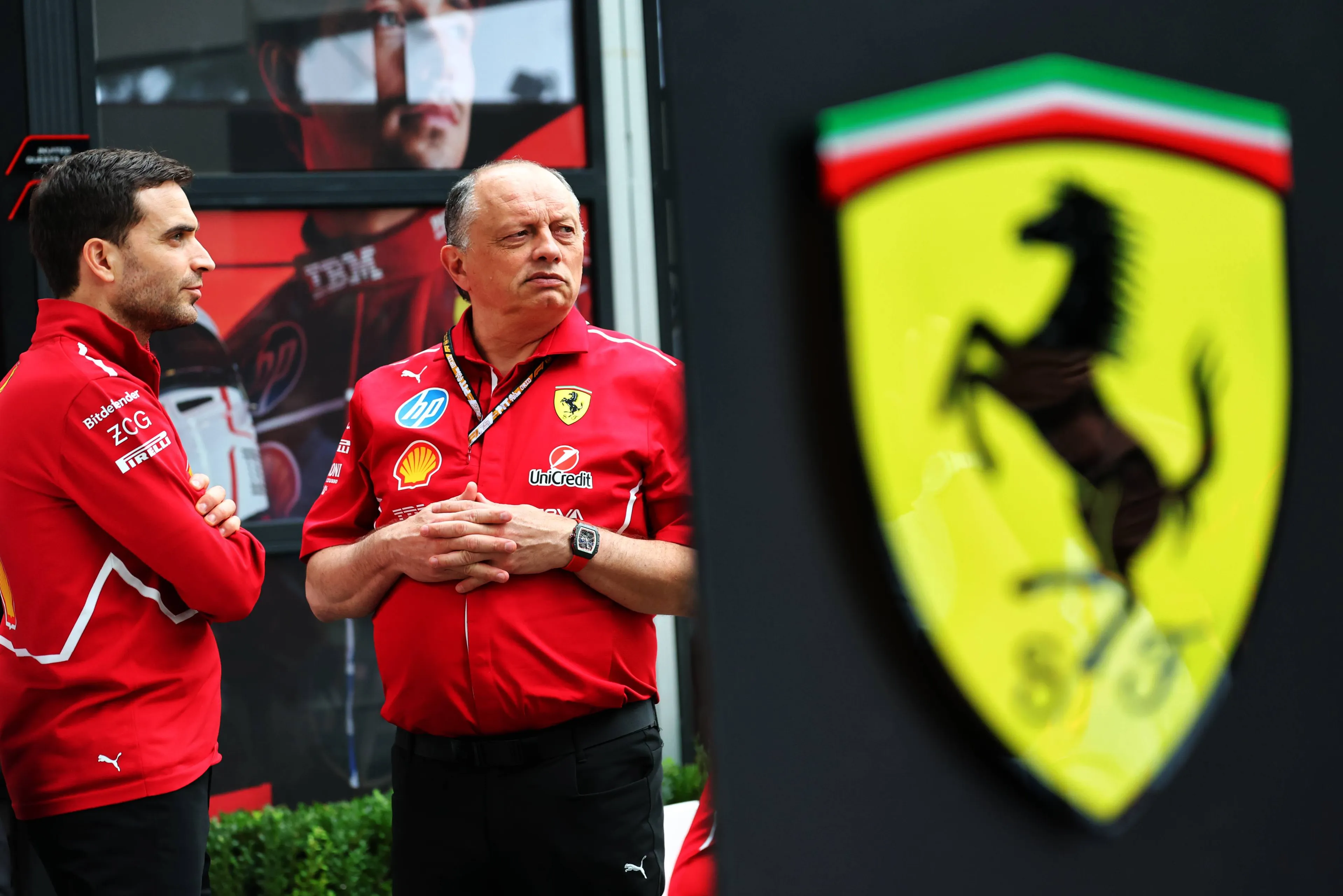
The Scuderia are experienceing one of their toughest seasons yet in F1's modern era. Photo: RacePictures.
Ferrari’s lost dynasty: How Maranello’s exodus built F1’s new powerhouses
17:37, 14 Oct
Updated: 06:14, 15 Oct
1 Comments
Ferrari, the most successful team in Formula One history, is staring dead in the eye of a nearly two-decade-long title drought that has triggered a quiet exodus that’s reshaping the competitive balance of F1 itself.
When mentioning the name Ferrari, Formula One fans' hearts swell up at the memories of Michael Schumacher's consecutive record-breaking five-title run in the early 2000s, the Scuderia's most successful era in the sport.
However, it's been 21 years since Schumacher's last championship, 18 and 17 years since the Italians' last Drivers' and Constructors' championships respectively.
Save for Fernando Alonso's and Sebastian Vettel's title charges in the 2010s in under-performing machinery, Ferrari has been relegated to fight for the scraps in the other top teams' battles for the top prizes.
As such, key Ferrari staff has been forced to depart the team. Engineers, strategists, leaders, essential pieces in the Ferrari structure who helped shape the team have found their success elsewhere.

Lewis Hamilton in Singapore GP - Photo: Race Pictures
Stella leads McLaren into renewed success era
Having started his F1 career at Ferrari in the year 2000 as the team's performance engineer, Stella rose up to the position of race engineer, where he assisted Kimi Raikkonen and Fernando Alonso during their stints at the Scuderia, but when Ferrari stalled, he looked beyond.
As of the 2015 season, though, the Italian aerospace and mechanical engineer would be found in the McLaren pitwall serving as the team's Head of Race Operations.
Fast-forward to today, and under Stella’s leadership, McLaren has become the sport’s new benchmark. As team principal, the Orvieto-born engineer has helped turn McLaren from a midfield struggler to a serial winner.
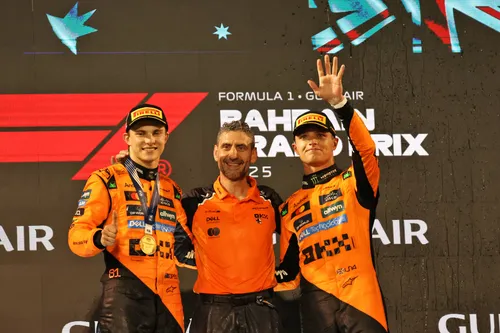
Andrea Stella has been crucial to McLaren's rise to the top in F1. Photo: RacePictures.
Recently, in Singapore, McLaren clinched their second Constructors' championship on the trot, with the team's drivers Oscar Piastri and Lando Norris widely expected to take the Drivers' crown despite the distant threat Max Verstappen poses in the title fight.
Laurent Mekies, instrumental in Red Bull's F1 2025 revival
After early stints at Arrows and Minardi, he found himself deep in Ferrari’s leadership structure, first as sporting director, then deputy team principal. But when the results stagnated, Mekies looked elsewhere.
His 2024 move to Racing Bulls as team principal seemed a sideways step, until Red Bull itself came calling. By mid-2025, he was running the main team as both team boss and CEO.
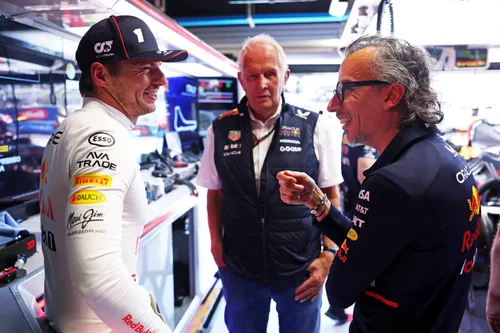
Max Verstappen, Helmut Marko and Laurent Mekies at Monza - Photo: Red Bull Content Pool
Since Mekies' addition to the team, the Austrian racing squad has seen their performance take a swing big enough to give Max Verstappen a shot - albeit a long one - to snatch the Drivers' crown away from Piastri and Norris.
Mattia Binotto, leads Audi's F1 mission
Although the German brand's performance still cannot be judged, his appointment as CTO and COO, and Head of Audi's F1 project can already be marked as a success.
Overseeing Sauber's transformation into Audi's full works team next year, Binotto has also been key in helping get all the systems and procedures that govern the Hinwil-based outfit's performance up to standards, with the project already bearing fruit.
Under Binotto’s systems overhaul and new team principal Jonathan Wheatley’s management, Sauber secured its first podium under the current regulations when Nico Hulkenberg drove the C45 to a P3 finish at the British Grand Prix. Audi hasn’t even turned a wheel yet, and the Binotto effect is already visible.
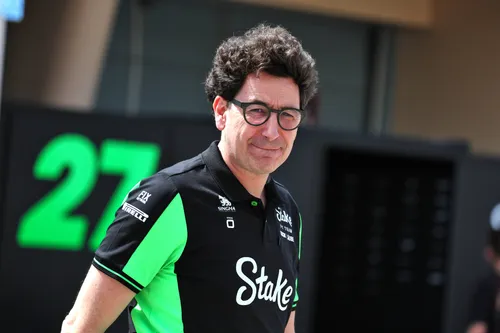
Mattia Binotto is Sauber's COO and CTO, and head of Audi's F1 project. Photo: RacePictures.
Ferrari faces gruelling season ahead of 2026 regulations revamp
The 2025 season has been a full-blown rollercoaster for the Maranello-based outfit, with far more lows than highs, as the team has time and time again failed to understand their current challenger enough to extract the necessary performance to achieve better results, which does not bode well for 2026.
Ferrari's 2025 car has been unpredictable, its development path uncertain, and the frustration within the team palpable, as Frédéric Vasseur candidly admitted recently.
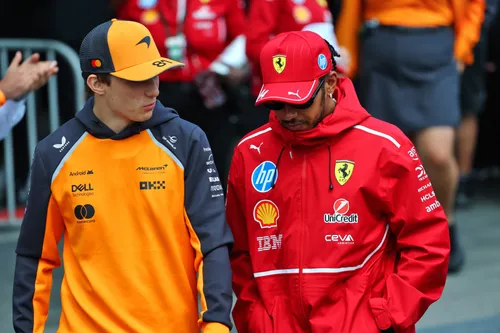
Lewis Hamilton and Oscar Piastri walk through the F1 paddock in Baku. Photo: Race Pictures
Lewis Hamilton’s first year in red, once hyped as a potential fairytale, has instead become a fight for relevance. He’s yet to stand on the podium, and unless that changes soon, he’ll set an unenviable record: the most Ferrari starts without a top-three finish.
The upcoming United States Grand Prix at COTA might offer him a lifeline, but it’s far from guaranteed. And with the 2026 regulation overhaul looming - active aero and new hybrid balance among other changes - Ferrari faces the daunting prospect of starting from scratch once more.
The final verdict
Ferrari’s drought has lasted long enough to feed its own competition. McLaren, Red Bull, and Audi are now built in part by the very people who once donned Ferrari's prancing horse shield.
Their ideas, experience, and hunger have found a more apt environment elsewhere.
The Scuderia’s legacy still commands respect, sure, but legacy doesn’t win championships. The new F1 order has Ferrari DNA running through it. The only thing missing is Ferrari itself.
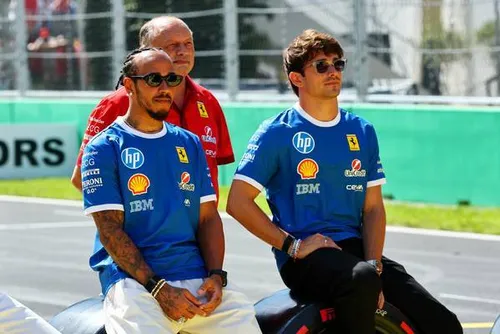
Hamilton, Leclerc and Vasseur at Monza - Photo: RacePictures
GPblog's latest F1 Paddock Update
Want to stay up-to-date with what happens in the F1 paddock? Then GPblog's F1 Paddock Update video is the perfect way to do it. Subscribe to GPblog's YouTube channel and turn on notifications to never miss the latest episodes.
Spotify:
Read also
Read more about:
Rumors
Popular on GPBlog
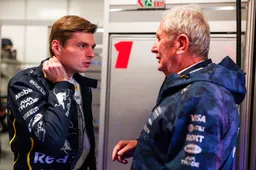
1
Marko identifies Verstappen's problem during Sprint Qualifying
2050 times read
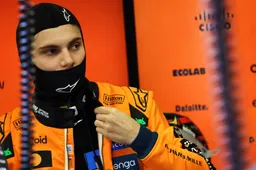
2
F1 LIVE | Reaction as Piastri on Sprint pole as Hamilton starts P18
1827 times read
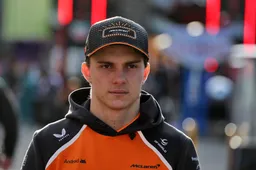
3
F1 LIVE | Reaction as Piastri tops FP1 in Qatar ahead of Norris
1181 times read
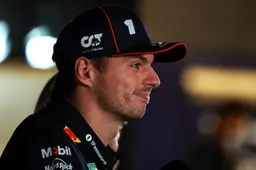
4
McLaren have cause for concern: Verstappen's pace remains untapped
1124 times read
Loading

